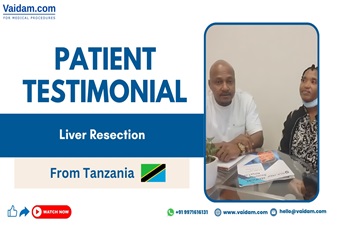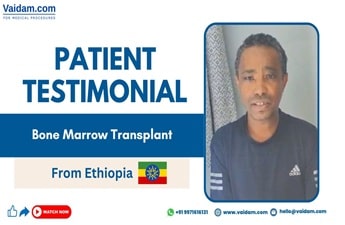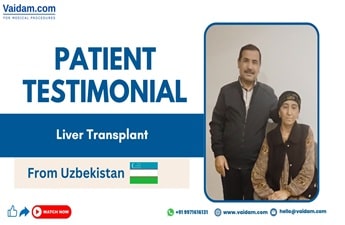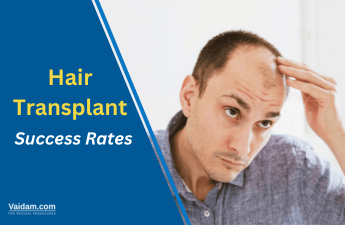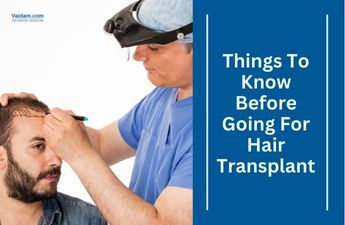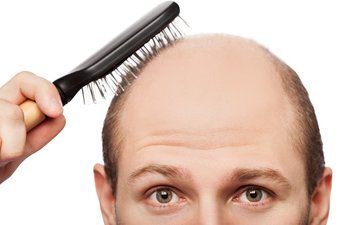Dr Anil Behl is a well-known and talented Cosmetic Surgeon with 38 years of expertise. In 2010, the President of India gave him the Ati Vishisht Seva Medal (AVSM), and in 2013, he was named Honorary Surgeon to the President of India. Complex reconstructive and cosmetic procedures, as well as burns care, are among his specialities and he is specially trained in hand surgery, Craniofacial Surgery and Aesthetic Surgery. He is currently associated with Fortis Memorial Research Institute, Gurgaon.
He completed his MBBS from Armed Forces Medical College in Pune in 1975 and MS in General Surgery in 1985. In 1992, he received his MCh in Plastic Surgery from the same college. He has also worked as a HOD at the AFMC in Pune in 2006 and the Principal Command Hospital in Bangalore in 2008. Dr Behl is also a member of renowned organisations such as the Indian Association of Aerospace Medicine, the Association of Indian Surgeons, and the Association of Indian Plastic Surgeons.
Dr Anil Behl offers a variety of treatments some of these are:
- Vaginoplasty - Vaginal Tightening
- Labiaplasty (Labia Rejuvenation
- Cryolipolysis - Non-Surgical Fat Reduction
- Liposuction Surgery
- Body Contouring
- Lower Body Lift Surgery
- Nose Reshaping
- Hair Transplantation
- Eyelid Surgery
- Lip Augmentation
- Breast Augmentation
- Breast Reduction
- Breast Implants
- Male Breast Reduction
- Skin Grafting
- Laser Skin Resurfacing
What is a hair transplant?
Hair loss and thinning hair are common as people get older, but they can also be caused by a medical condition or scalp trauma. For aesthetic or reconstructive reasons, some persons with hair loss may opt to get a hair transplant. Hair transplants are used to thicken or replace hair in areas of the head that are thinning or balding. It involves transplanting hair from thicker regions of the scalp or other parts of the body to the thinning or balding area of the scalp. A surgeon takes follicles from a dense region of hair, such as the back of the head, during a hair transplant. This area is referred to as the donor area. The follicles are then implanted into small incisions in the afflicted scalp region.
The bulk of hair loss is caused by pattern baldness. Genetics has a role in this. The remaining instances are caused by many things, including:
- diet
- stress
- illness
- hormonal imbalance
- medications
Types
There are two main types of hair transplant:
- Strip follicular unit surgery. A strip of skin will be removed from the donor region and stitches will be used to seal the incision. They will then divide the donor skin into small follicular units containing one or more hair follicles and put these units into the targeted region using a microscope.
- Extraction of follicular units. The surgeon will extract follicles from the donor region using a small punch instrument. Although there will still be some scarring after this treatment, it will be less visible, and sutures are not typically required.
Recovery
Your scalp may be quite painful after surgery. You may have to use pain relievers for several days. For at least a day or two, your surgeon will have you wear bandages over your scalp. They could also give you an antibiotic or an anti-inflammatory to take for a few days. The majority of people can return to work 2 to 5 days after surgery. The transplanted hair will fall out two to three weeks following surgery, but new growth should appear within a few months. After 6 to 9 months, most people will experience 60% new hair growth.
Following are some hair transplant surgery aftercare suggestions:
- Do not wash your hair for a few days following the procedure. For the first several weeks, just use light shampoos.
- In around 3 days, you should be able to return to work or usual activities.
- For around 3 weeks, don't use a brush or comb on the new grafts.
- Wear no caps, pullover shirts, or coats until your doctor gives you the okay.
- For about a week, don't exercise.











